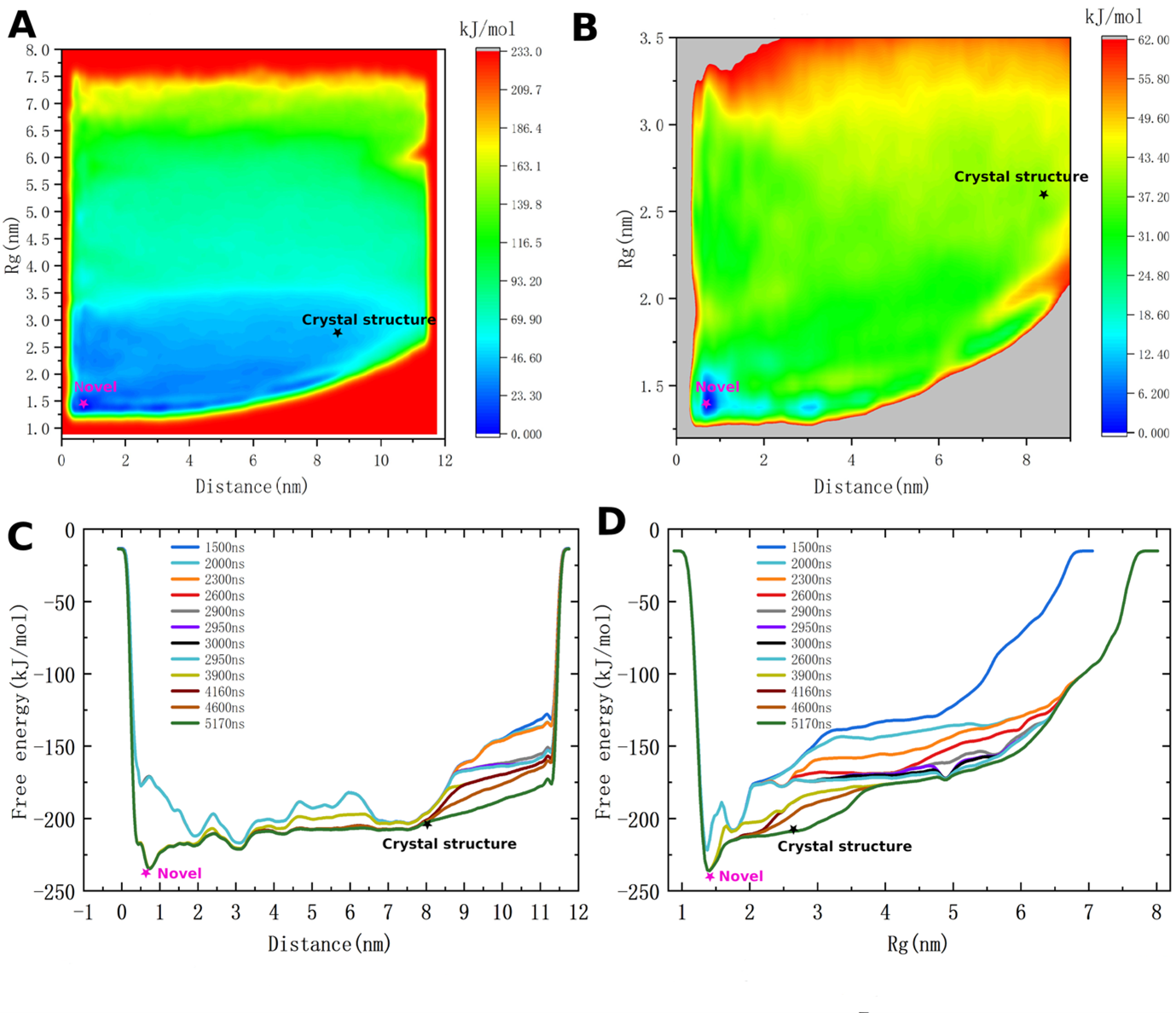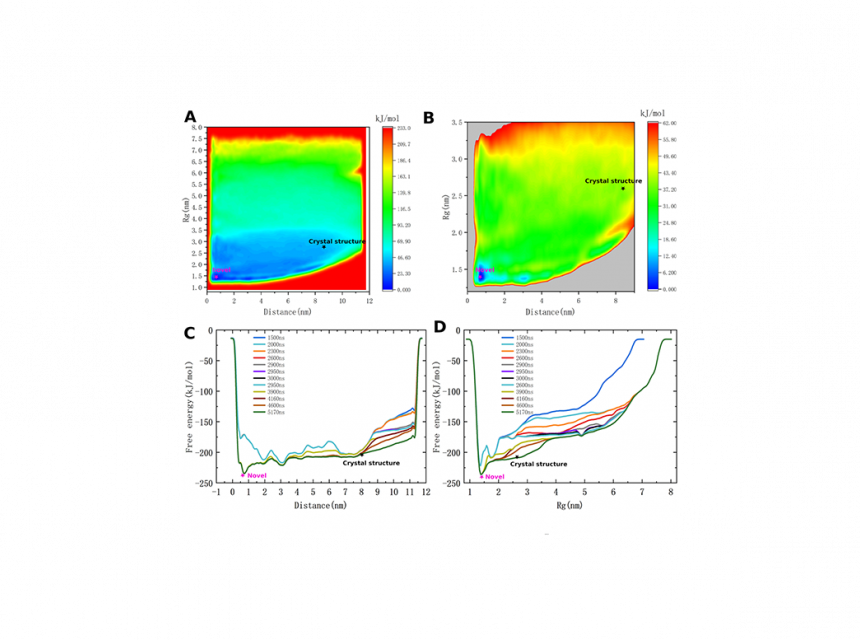Jordi Martí (UPC) — Simulation and modeling of biosystems with applications to medicine: exploring the structural diversity of the MYC protein and its implications for in-silico design of anti-cancer drugs
Don't miss any Success Story following us on X and LinkedIn!
@RES_HPC RES - Red Española de Supercomputación @res-icts.bsky.social
Check this Success Story at our LinkedIn: Simulation and modeling of biosystems with applications to medicine: exploring the structural diversity of the MYC protein and its implications for in-silico design of anti-cancer drugs
💡A new Success Story leveraging #HPC to design anti-cancer drugs💡
📋 "Simulation and modeling of biosystems with applications to medicine: exploring the structural diversity of the MYC protein and its implications for in-silico design of anti-cancer drugs" led by Jordi Marti Rabassa from Universitat Politècnica de Catalunya (UPC)
The MYC protein is a master regulator of cell growth, proliferation, and metabolism. Its overexpression or dysregulation is indicative of numerous cancers, including breast, colon, lung, and haematologic cancer. Despite its well-established oncogenic role, MYC has historically been labelled “difficult-to-drug” due to its structure and mechanism of action.
This is largely due to its intrinsically disordered nature, a structural feature that sets it apart from classical drug targets and drug design approaches. For this reason, simulation and modelling becomes a promising frontier for developing novel, structure-guided anti-cancer therapies.
🖥️ Thanks to RES supercomputer #MareNostrum5Acc from Barcelona Supercomputing Center, the team performed 3000ns of Molecular Dynamics (MD) and 5000ns of Well-Tempered Metadynamics (WTM) simulations of the MYC in solution.
They captured the most stable folded conformation of the MYC protein in its unbound state, which is highly relevant given its intrinsical disorder and its "undruggable" status. Currently, the team is performing other MYC-MAX and MYC-MAX-DNA simulations.
The results of the simulations provided, for the first time, a well-defined and stable 3D structure of MYC in its free form. This breakthrough offers new opportunities to identify persistent, druggable binding pockets and opens the door to structure-based drug design strategies against one of the most important but hard-to-target proteins in cancer, representing:
🔹A valuable resource for computational and medicinal chemistry communities
🔹A foundational step towards rational design of anti-cancer therapies
🔹A demonstration of the power of #HPC in tackling biologically complex and pharmacologically resistant systems.
📸 Results from WTM simulations show original and zoomed-in free energy landscapes (A-B) and free-energy profiles along one collective variable (C-D). Crystal structures and the captured stable folded structures are indicated using stars in black and purple, respectively.


